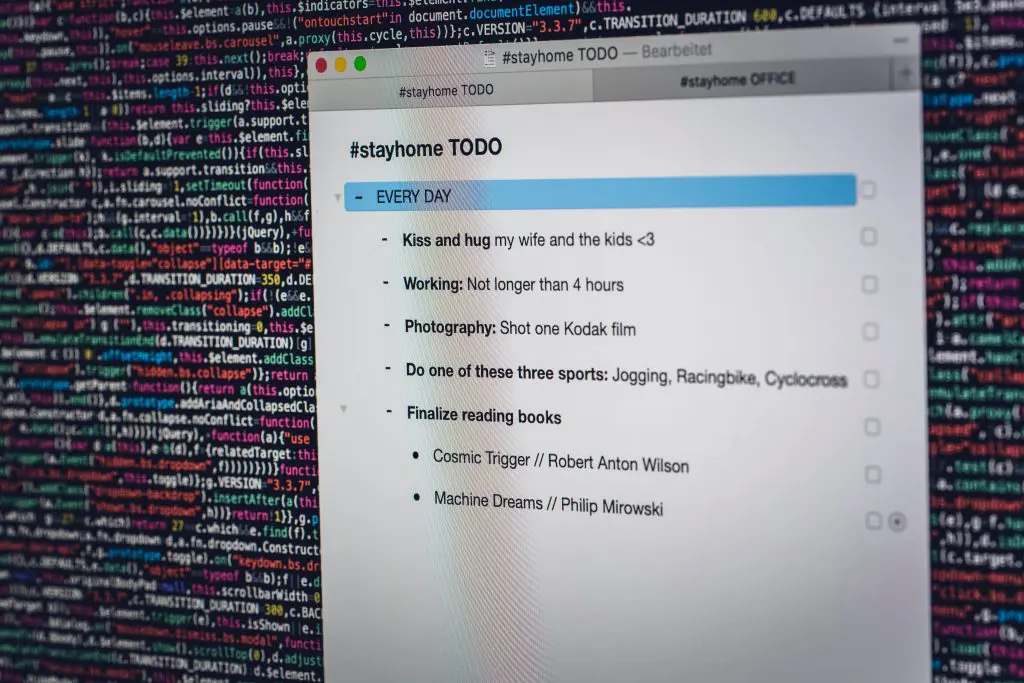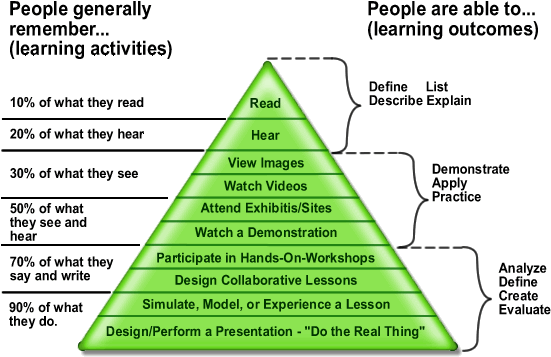
So many things to do with so little time. Or maybe it just seems that way because we’re accustomed to our daily to-do lists, and the sticky notes on our work desk to remind us to buy apples for the kid’s lunches, pick up the dry cleaning after work, and the presentation that we need to finalize before Thursday’s meeting.
Truth be told, a cluttered desk indicates a cluttered mind. What to do with all of your information? I can only recommend using note apps for both your personal and professional life. A few perks of using note apps as opposed to paper notebooks are that they are useful for taking notes on the go, are environmentally friendly, and bundle all of your information in a central location.
Don’t get me wrong, notebooks and bullet journals are as effective as ever if that’s your personal preference. But in the digital age, why not go digital? Hyperlinks, copy & paste, and file sharing are actions your favourite fountain pen simply cannot replicate.
We’ve compiled a list of our top 10 note apps to help you find a note app suited to your needs and workflow.
What is Note-Taking and Why Do We Take Notes?
Note-taking is the practice of recording information from different sources. What each note looks like and what notes are written down, stored, and organized are dependent on the user’s interests and requirements.
For example, notes taken when writing academic papers differ from what most people quickly jot down on a sticky note or calendar. Nevertheless, whether you are writing down information from a webinar, a reminder to water the houseplants, or a daily to-do list, note-taking is the process of obtaining and compiling information.
There is no singular method or technique for taking notes. Although the format may be restricted due to the material or tool you use, whether a digital app or classic pen and paper, you have the freedom to choose form and function. In general, notes can be in one of three forms: summary, paraphrase, or direct quotation.

The Phenomenon of Note Apps: Legit Noteworthy or Just Hype?
Generally, the more information we consume, the more knowledge we have, right? Well, we may learn more information, but do we remember it?
Educator Edgar Dale developed the Cone of Experience, a model associating learning activities with learning outcomes. The Cone of Experience compares the learning experience (whether by doing, hearing, reading, or observing) with the memory retention of an individual.
According to Dale, a person remembers 10% of what they read, 20% of what they hear, 30% of what they see, 50% of what they see and hear, 70% of what they say and write, and 90% of what they do.

Considering how much information we forget after two weeks, a credited conclusion from Ebbinghaus’s forgetting curve, note apps can serve as a beneficial resource to collect and store important information. With next-level note apps bringing additional features to the growing market, the trend and necessity for note apps are climbing.
Note Apps for Everyone: Who Is the Target Audience?
Safe to say note apps are for everyone, which calls for a happy dance. But not everyone takes notes the same way nor has the same requirements. That is exactly why most things are purposefully created or executed with a particular target audience in mind.
The needs of students and scholars vary from those of professionals and business collaborators. Creatives, for example, are more interested in having diverse formatting options and templates that allow them to visually work on projects. Writers, on the other hand, value features such as footnotes, colour-coding, rich text and markdown, above integration and collaboration requirements.
Not solely tied to the professional sphere, digital tools are also great for personal knowledge management. Sometimes a simple feature can make a huge difference in the usability of an app. Structure and features can make hoarding information easier but your files can still be cluttered without an organization system. On the flip side, your digital file closet could finally look as organized as your personal wardrobe.
List of Apps
It can be overwhelming figuring out which note app is best. Ultimately, the choice comes down to personal requirements and preferences.

To give you a headstart to finding your favourite note app, we’ve collected a list of the top note apps of 2021. We provide the options, you merely have to make the choice!
1. Hypernotes
Hypernotes is a note app focusing on knowledge management. As a tool with the purpose of being more than just a digital notebook, the features of Hypernotes such as bi-directional linking and a semantic graph help users intuitively connect ideas and information within the app. Built to address the needs of many different note-takers, the app enables the creation of a knowledge database following the Zettelkasten method, a type of note-taking system. Diverse integration options as well as with other productivity apps in the Zenkit Suite grant users flexibility and the freedom for personalized configuration.
2. Microsoft OneNote
Microsoft invented OneNote as a note-taking app for everyone. OneNote enables users to organize notes, convert them into to-do lists, share them with friends or colleagues, and upload files through the web clipper function. OneNote works offline and can be combined with every Office product. New notes can be created and revised using your keyboard, a text marker or a pen.
3. Evernote
Evernote is one of the most versatile options when it comes to note apps. The app includes features that can accommodate the needs of casual note-takers as well as power users. Document scanning, formatting options you can personalize, and an intuitive search function are all noteworthy Evernote features. The vast integration and collaboration functions are also worth mentioning.
4. StandardNotes
StandardNotes is a free, open-source, and encrypted note app. Created to support and encourage writers in their element, StandardNotes offers users unlimited notes and supports offline access. For users who enjoy more flexibility, the premium version Extended is packed with additional templates, formatting options, and markdown. Automated backups, infinite undo, and unlimited notes are key reasons we included this app on our list.
5. Google Keep
Google Keep, the note app from Google, has the look and feel of Google Docs. Devoted Drive users have the benefit of keeping their files centralized. Color-coded notes, checklists, tags, pinned notes, and handwritten notes give the app a scrapbook-like feel. Although ideal for taking notes on the go, Google Keep isn’t recommended for writing prose.
6. Apple Notes
Similar to Google Keep, Apple Notes operates on the company product ecosystem enabling users access to their files from all devices. The use of folders makes organizing easier in Apple Notes. Shortcuts such as pinning notes, marking favourites or creating a note from the lock screen are the main reasons why the app is on our list.
7. GoodNote
GoodNotes turns every handwritten note into digital paper. Notes can easily be found using the search function or the folder structure. The app allows editing PDF files and turning handwritten notes into digital letters. The flashcard feature is especially useful for learning facts or practising knowledge retention.
8. Notability
Notability is a note app to capture your thoughts, whether in written or graphical form. Users can experiment with different tools to create hand-crafted notes or sketches. Collaborative through device synchronization and PDF annotation, Notability helps bring projects to life.
9. Agenda
Agenda is all about date-focused note-taking for planning and documenting projects. Notes are organized in a project timeline while projects can be grouped into categories. Timely reminders and calendar synchronization make sure you never miss a deadline or forget to buy flowers for mother’s day.
10. Nimbus Note
Nimbus Note combines note-taking with task management. With templates for wikis, databases, and task lists, the app helps teams stay organized. The business/team account allows teams to work on personal and company projects simultaneously. For quick feedback loops or content revisions, Nimbus Note helps to ease the workflow of any professional.
Final Thoughts
Note apps are great tools, whether for online or offline use. Selecting a note app doesn’t have to be an either-or situation. You can use multiple tools, like me, depending on the purpose or requirement. The main point is, that whichever tool you use should help you be more creative and productive by taking on the onus of ‘remembering’ information for you.
If your goal is to get from point A to point B, any car or public transportation should do. And if we’re being honest, most have spent the home office lockdown working in comfortable clothes rather than their elegant business attire. So choose what fits best according to your requirements, usability, and personality.
Image credits from Markus Spiske, PngAAA and Giphy.
Have a particular favourite that didn’t make it into our list? We’re also curious to find out how and what you use your note app for. Let us know in the comments!
Fans of pen and paper are welcome in our circle too. Our team uses digital tools as well as notebooks in staff meetings. We recommend you test tools out nonetheless, as, in the end, it’s all about finding what helps you be most effective and productive.
Cheers,
Jessica and the Zenkit Team





Leave a Reply